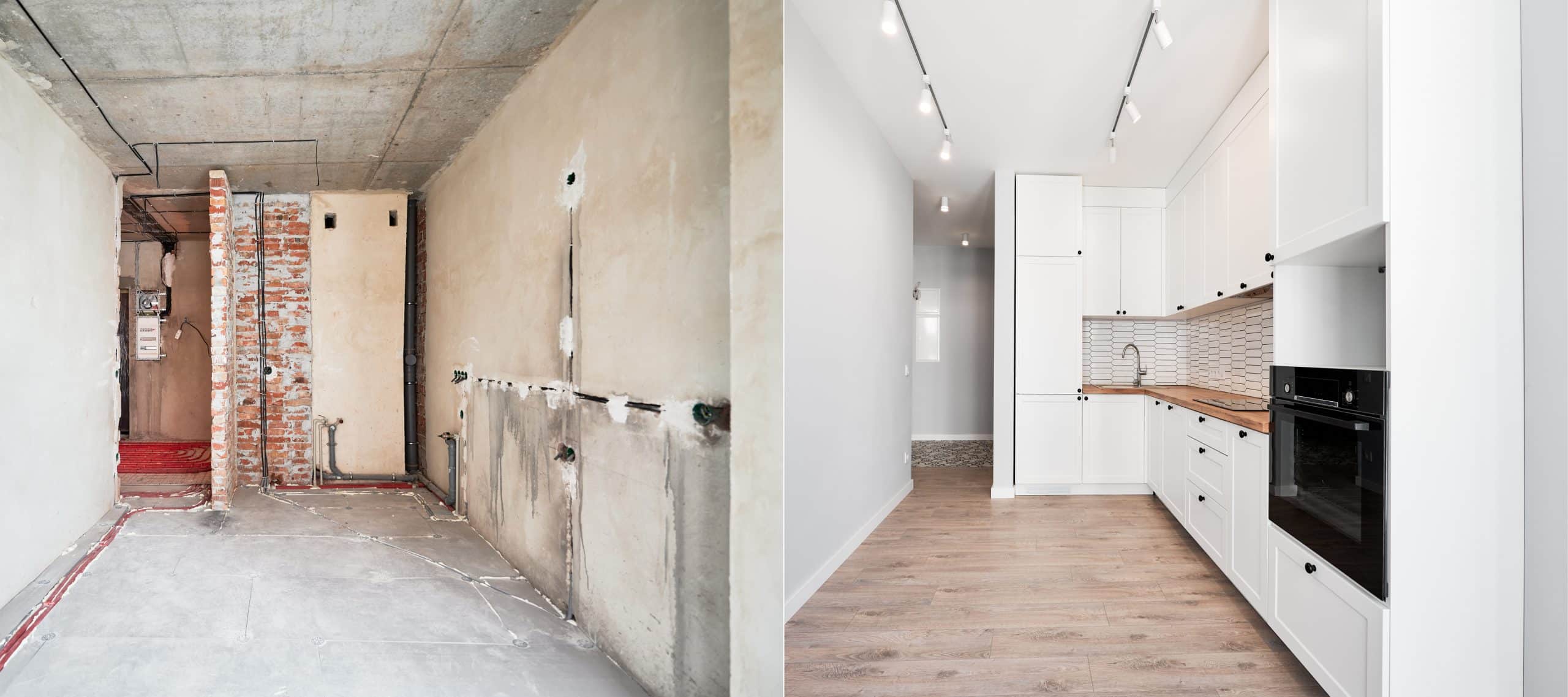What Are the Best Strength Training Exercises for Enhancing Post-Menopausal Bone Density?

When it comes to maintaining bone health and density, exercise plays a crucial role. However, as the age advances, especially in post-menopausal women, the risk of bone-related disorders such as osteoporosis escalates. But worry not! Various studies and analysis by scholars, indexed on Google Scholar, PubMed, and Crossref, have revealed that specific strength-training exercises can significantly enhance bone mineral density (BMD) in post-menopausal women. In this article, we will delve into these high-impact and resistance exercises, based on weight-bearing and muscle-strengthening, that effectively aid in combating the weakening of bones.
High-Impact Weight-Bearing Exercises
High-impact weight-bearing exercises are especially beneficial in promoting bone health. When performing high-impact exercises, your feet and legs bear your body weight, which exerts pressure on your bones. This pressure compels your body to create new bone, thereby increasing bone density.
A découvrir également : How Does the Gut Microbiome Influence Sleep Patterns and Disorders?
A study published on PubMed concluded that high-impact exercises like jumping jacks, skipping, or even vigorously dancing can increase BMD in post-menopausal women. However, caution should be exercised as these actions may not be suitable for those with severe osteoporosis or health issues impacting mobility.
Resistance Training for Bone Strength
Resistance training is another potent way to enhance bone strength and density. Using either free weights or resistance bands, these exercises work by causing the muscles to contract, which in turn places stress on the bones. This stress stimulates bone growth, leading to increased BMD.
Sujet a lire : What Impact Does Living Near Green Spaces Have on Children’s Allergy and Asthma Rates?
According to a study indexed on Google Scholar, resistance training exercises, including squats, deadlifts, and bench presses, can increase BMD in the hip and spine of post-menopausal women. It’s essential, though, to have a professional trainer guide you through these exercises to ensure proper form and prevent injuries.
Body Weight Exercises for Bone Health
Body weight exercises are a fantastic alternative for those who may find high-impact or resistance training challenging. As the name suggests, these exercises use the weight of your body to create resistance against gravity, resulting in stress on your bones that promotes growth and increases density.
Results from an analysis of numerous studies available on Crossref highlighted exercises like push-ups, planks, and lunges as beneficial for enhancing BMD in post-menopausal women. Regularly including these exercises in your routine can lead to substantial improvements in your bone health.
Tailored Exercise Programs for Optimal Bone Health
While the aforementioned exercises are highly beneficial for bone health, it’s necessary to remember that everyone’s body is different. As such, what may work for one individual may not be as effective for another. Therefore, it’s crucial to have a tailored exercise program that matches your health circumstances and fitness level.
A study available on Google Scholar highlights the effectiveness of supervised, individualized exercise programs in increasing BMD in post-menopausal women. These programs, designed by trained professionals, take into account your current health status, bone density, and physical abilities, providing a well-rounded and safe approach to improving bone health.
Incorporating Strength Training into Daily Life
Incorporating strength training exercises into your daily life may seem daunting at first. However, it is possible to weave these exercises into your everyday activities. For example, while waiting for your tea to brew, you can do a set of squats or lunges in the kitchen.
A PubMed study underlines the importance of frequency in strengthening bones. Consistency is key; hence, aim to incorporate these exercises into your daily routine. For best results, the World Health Organization recommends adults to engage in strength training exercises at least twice a week.
Remember, it’s never too late to start working on your bone health. As always, before beginning any new exercise regimen, it’s crucial to consult with a healthcare provider or a trained exercise professional. They can provide you with a safe and effective program tailored to your needs and capabilities.
Yoga for Enhancing Bone Density
Yoga is a low-impact exercise that has increasingly been associated with enhanced bone mineral density. It is a form of strength training that focuses on balance, flexibility, and muscle engagement. As postmenopausal women are often at an increased risk of falls and fractures due to declining bone health, incorporating balance and flexibility exercises like yoga can be a beneficial addition to their exercise routine.
A systematic review available on PubMed elaborates on the role of yoga in increasing bone density, particularly at the neck of the femur and the lumbar spine. It also suggests that yoga can improve balance, thereby reducing the risk of falls. Yoga poses like the Warrior Pose, Triangle Pose, and Tree Pose are especially beneficial for enhancing bone health.
However, it’s essential to learn and perform these poses under the guidance of a trained yoga instructor to avoid any injuries. Also, while yoga can contribute to bone health, it should not replace high-impact weight-bearing exercises and resistance training but rather augment them. Remember, a varied and comprehensive exercise regimen is the best approach to improving bone health.
The Impact of Exercise Frequency and Intensity on Bone Health
While it’s evident that strength training exercises play a significant role in enhancing bone density, the frequency and intensity of these exercises are also vital factors to consider. The frequency refers to how often you exercise, while intensity refers to how hard you work in each session.
A meta-analysis on Google Scholar concludes that high-intensity training has significant effects on bone mineral density in postmenopausal women. High-intensity exercises, performed under safe conditions, can lead to substantial improvements in bone health.
In terms of frequency, a full-text article on PubMed emphasizes that exercising twice a week can prevent bone loss in postmenopausal women. However, if the aim is to increase bone mass, it might require more frequent exercising.
Conclusion
In conclusion, there are various strength training exercises that can significantly enhance bone mineral density in postmenopausal women. High-impact weight-bearing exercises, resistance training, body weight exercises, and yoga all play a crucial role in improving bone health.
The frequency and intensity of these exercises also significantly impact bone density. It is recommended that adults engage in strength training exercises at least twice a week to maintain and improve their bone health. However, a tailored exercise program that matches your health circumstances and fitness level is the most effective strategy.
Ultimately, maintaining bone health post-menopause requires commitment, consistency, and a comprehensive approach. As always, it is essential to consult with a healthcare provider or a trained exercise professional before starting any new exercise regimen. They can guide you and ensure that your exercise program is safe and effective. Your bone health is in your hands, and with the right exercises, you can significantly enhance it. Remember, it’s never too late to start working on your bone health.
